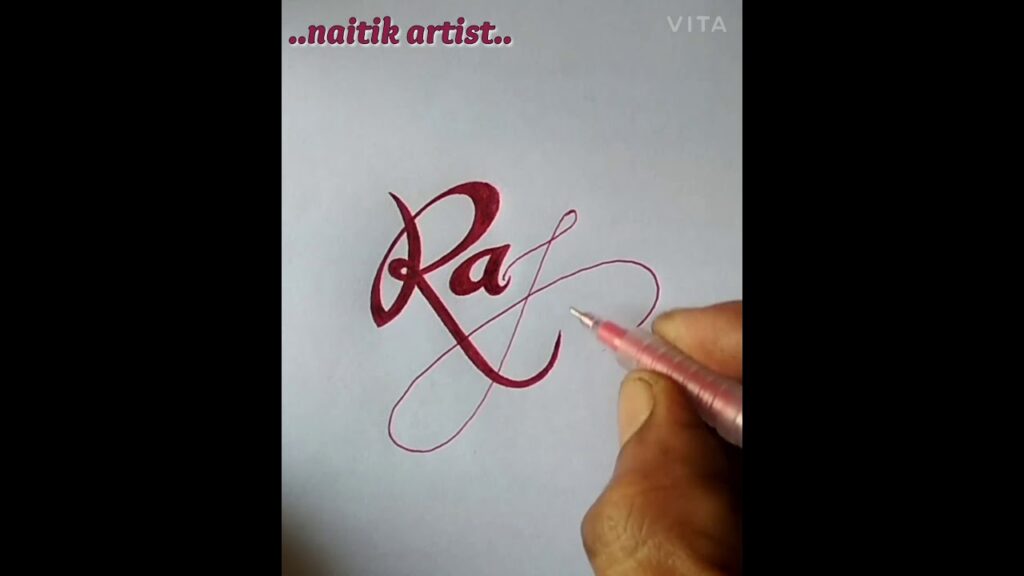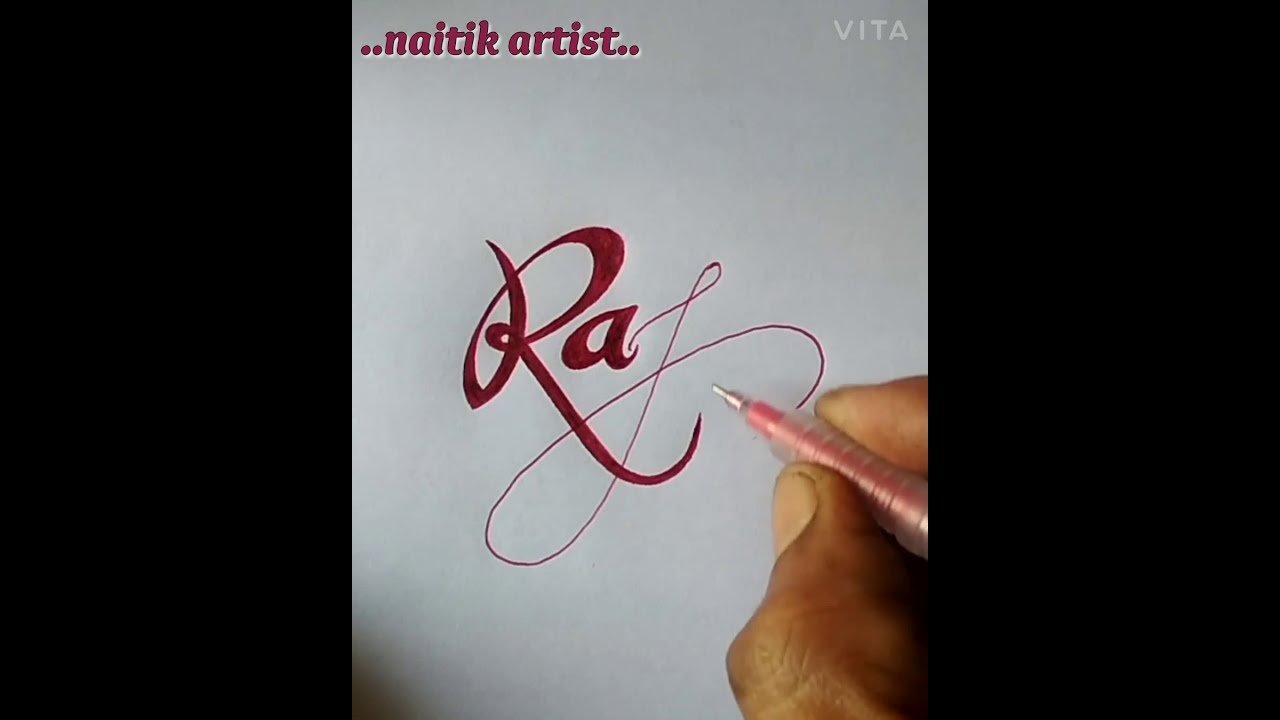
Raj Tattoo Designs: Exploring the Rich Heritage and Modern Interpretations
Raj tattoo designs, steeped in history and cultural significance, offer a captivating blend of tradition and contemporary artistry. The term ‘Raj’ itself evokes images of India’s regal past, a period marked by grandeur, intricate artistry, and profound symbolism. Exploring Raj tattoo designs is not just about choosing an aesthetic; it’s about connecting with a rich heritage and understanding the stories these designs carry.
This article delves into the world of Raj tattoo designs, examining their historical roots, the diverse motifs they encompass, and how they are being reinterpreted in modern tattoo culture. We’ll explore the symbolism behind common elements, provide inspiration for your own Raj tattoo, and offer advice on choosing the right artist to bring your vision to life. Whether you are drawn to the intricate detail of Mughal art or the bold symbolism of Rajput warriors, Raj tattoo designs offer a unique and powerful way to express yourself.
The Historical Context of Raj Tattoo Designs
The ‘Raj’ period, specifically the British Raj in India, was a time of significant cultural exchange and artistic development. While tattooing practices existed in India long before the British arrived, the Raj era influenced the motifs and styles that are now considered characteristic of this genre. Mughal art, known for its intricate details and depictions of courtly life, played a significant role. Rajput art, with its emphasis on bravery, honor, and religious symbolism, also contributed to the visual language of Raj tattoo designs.
During this time, tattoos were not merely decorative; they served as markers of identity, social status, and religious affiliation. Specific symbols represented family lineage, tribal affiliation, or devotion to a particular deity. Understanding this historical context adds depth and meaning to the selection of a Raj tattoo.
Common Motifs and Their Symbolism
Raj tattoo designs encompass a wide range of motifs, each carrying its own unique symbolism. Some of the most common include:
- Peacocks: Symbolizing beauty, grace, and royalty, the peacock is a frequent element in Raj tattoo designs. Its vibrant plumage and regal bearing make it a visually striking and meaningful choice.
- Elephants: Revered for their wisdom, strength, and good luck, elephants are powerful symbols in Indian culture. They often represent Ganesha, the remover of obstacles and the god of beginnings. An elephant Raj tattoo can signify resilience and overcoming challenges.
- Lotus Flowers: Representing purity, enlightenment, and rebirth, the lotus flower is a ubiquitous symbol in Hinduism and Buddhism. Its ability to rise from muddy waters and bloom symbolizes spiritual awakening. A lotus flower Raj tattoo can represent personal growth and transformation.
- Mandalas: Intricate geometric designs representing the universe, mandalas are powerful symbols of wholeness and harmony. Incorporating a mandala into a Raj tattoo design can represent a quest for balance and spiritual understanding.
- Swords and Daggers: Symbolizing courage, protection, and justice, swords and daggers are often associated with Rajput warriors. They can represent a commitment to defending one’s beliefs and upholding righteousness. A sword or dagger Raj tattoo can be a powerful statement of strength and conviction.
- Deities: Depictions of Hindu gods and goddesses are common in Raj tattoo designs. Each deity represents different aspects of life and the universe. Choosing a deity for your tattoo requires careful consideration of their specific attributes and symbolism.
Modern Interpretations of Raj Tattoo Designs
While rooted in tradition, Raj tattoo designs are constantly evolving. Modern tattoo artists are reinterpreting classic motifs with contemporary techniques and styles. This includes incorporating elements of realism, watercolor, and geometric abstraction. The fusion of traditional symbolism with modern aesthetics creates unique and personalized Raj tattoos.
Many individuals are also choosing to incorporate family crests, significant dates, or personal mantras into their Raj tattoo designs, adding a deeply personal layer of meaning. The key is to collaborate with a skilled artist who understands the history and symbolism of the motifs and can translate your vision into a stunning and meaningful piece of art. [See also: Traditional Indian Tattoo Art]
Choosing the Right Artist for Your Raj Tattoo
Selecting the right tattoo artist is crucial for achieving a successful Raj tattoo. Look for an artist with a strong portfolio showcasing their experience with intricate designs, fine lines, and cultural sensitivity. Consider these factors:
- Portfolio Review: Carefully examine the artist’s previous work. Do they demonstrate a mastery of detail and precision? Do their designs reflect an understanding of the cultural nuances of Raj tattoo designs?
- Consultation: Schedule a consultation with the artist to discuss your ideas, preferences, and any specific symbolism you want to incorporate. This is an opportunity to assess their understanding of the genre and their ability to translate your vision into a cohesive design.
- Style Compatibility: Ensure that the artist’s style aligns with your desired aesthetic. Do you prefer a traditional look, a modern interpretation, or a fusion of both? Choose an artist whose style resonates with you.
- Hygiene Standards: Prioritize studios with impeccable hygiene practices. Ensure that the artist uses sterile equipment and follows proper sanitation protocols.
Inspiration for Your Raj Tattoo Design
Need some inspiration? Consider these ideas for your Raj tattoo design:
- A Mughal-inspired miniature painting: Recreate a scene from a Mughal miniature painting on your skin. This could depict a royal procession, a courtly scene, or a portrait of a Mughal emperor.
- A Rajput warrior emblem: Incorporate the emblem of a Rajput clan or a symbol of Rajput valor, such as a sword, shield, or horse.
- A mandala with Hindu deities: Combine the intricate geometry of a mandala with depictions of Hindu gods and goddesses. This could represent a specific deity you feel connected to or a combination of deities representing different aspects of your life.
- A lotus flower with Sanskrit script: Pair the beauty of a lotus flower with a meaningful Sanskrit mantra. This could be a prayer, a blessing, or a statement of intent.
- An elephant with intricate detailing: Depict an elephant with intricate detailing inspired by traditional Indian art. This could include geometric patterns, floral motifs, or depictions of other animals.
The Enduring Appeal of Raj Tattoo Designs
Raj tattoo designs continue to captivate individuals with their rich history, profound symbolism, and timeless beauty. They offer a unique opportunity to connect with a vibrant cultural heritage and express your personal identity in a meaningful way. By understanding the historical context, symbolism, and modern interpretations of these designs, you can choose a Raj tattoo that resonates deeply with you and becomes a lasting testament to your personal journey. Remember to choose a skilled and culturally sensitive artist who can bring your vision to life with precision and artistry. [See also: The Meaning of Henna Tattoos]
The artistry and meaning behind Raj tattoo designs ensure their continued popularity and relevance in the world of body art. Whether you are drawn to the intricate details of Mughal art or the bold symbolism of Rajput warriors, these designs offer a unique and powerful way to express yourself, honoring a rich cultural legacy with every inked line. Explore the possibilities, research the symbolism, and collaborate with a talented artist to create a Raj tattoo that is as unique and meaningful as you are. The world of Raj tattoo designs is vast and varied, offering something for everyone who seeks to connect with history, culture, and personal expression through the art of tattooing.

